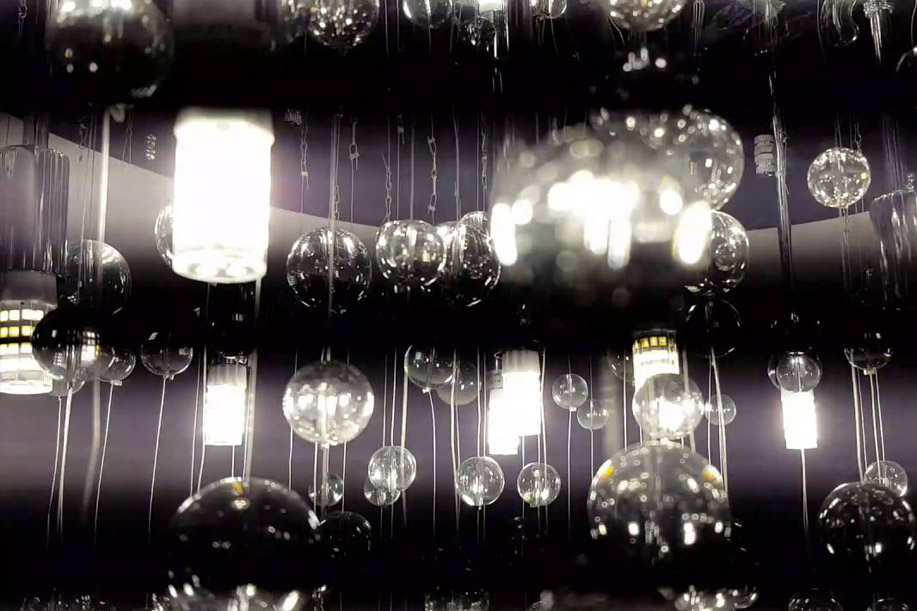Even when they are turned off led bulbs may begin to produce a bright flicker and blink for a few minutes. How can you solve this problem?
This kind of lamps are widely used because they offer great advantages in terms of energy savings and color index but, sometimes, they may flicker, both when they are lit but also when they are switched off.
This annoying technical drawback can occur after that LED bulbs have been used consecutively for several hours, but don’t worry. This problem can be easily solved, just follow the tips below.
Normally, this type of problem usually occurs when the light source is turned off. When lamps are on, they work normally. However, when the switch is off, it is possible these lights could flicker, especially if the surrounding environment is very dark. The led bulb may continue remaining lit with small flashes or light flashes of light.
How to solve the problem
As a first rule, to try to solve the problem, it is necessary to identify where it comes from. If you go back to the source of the problem, you can easily get rid of the issue. Usually, the issue starts from the power supply and from the current flowing through the lamp holder before it reaches the bulb. You must verify that the power supply of the LED bulb is correctly interrupted in its phase.
If the phase is interrupted but the flickering continues, you must verify that the switch, the diverter or the inverter that are connected to the phase, are not also connected to the light indicator that works as a lighting of the switch itself.
If this is the case, the wires must be reconnected separately to provide a correct power supply. If the switch is illuminated by a light, different electrical wires must be used for its power supply, thus avoiding the use of the same wires.
Flickering when the lamp is off
Flickering can also occur when a LED lamp is switched off. This might be due to possible returns of currents from drivers, power supplies or transformers in the system itself.
A further cause could be found inside the corrugated pipes: if the cables are tight together this could represent a big issue. This may cause interferences and weak electrical disturbances, as their conducted electricity, even if minimal, could end up powering the nearby pipeline. If the cause of the flickering is this, you shall put enough distance from one corrugated cable to the other.
Finally, incorrect insulation of the bulb socket on the lamp holder could represent another cause. If the neutral is stopped by the switch while the phase is not, the latter causes leakage to the ground, keeping the lamp on. To solve this problem, you shall simply apply a residual current device.
The different nature of flickering
All the causes listed above are electrical, but the flickering could be either physical or chemical. For example, some lamps are produced using phosphorus, an element that highlights the luminescence and brilliance of the light itself. The phosphorus is charged by the light photons and retains its light charge for several minutes, continuing to emit a beam of light even when the LED bulb is turned off. This beam of light does not correspond to the typical flickering but is equivalent to a weak, constant and not long-lasting light.
So, before replacing the lamp because you consider it is defective due to the flickering, it is always good to: check that all its components are directly connected (power supply 230V or 12V), the electrical connection is on, control the devices, such as switches, diverts and buttons, and the lamp holder, where a capacitor can be placed.

